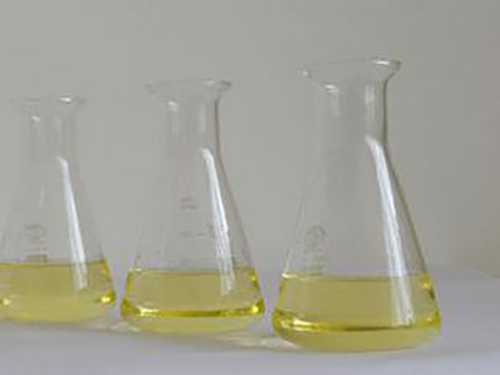cationic polyacrylamide
Cationic Polyacrylamide Applications and Benefits
Cationic polyacrylamide (CPAM) is a water-soluble polymer that has garnered significant attention in various industries due to its unique properties and versatility. It belongs to the family of polyacrylamides but is distinguished by its cationic nature, meaning it carries a positive charge. This attribute enhances its effectiveness in a variety of applications, particularly in wastewater treatment, papermaking, and oil recovery.
One of the primary applications of cationic polyacrylamide is in the field of wastewater treatment. The positive charge of CPAM allows it to effectively interact with negatively charged particles, such as suspended solids, colloids, and organic matter in water. When added to wastewater, CPAM acts as a flocculant, promoting the aggregation of these particles into larger flocs, which can be easily removed from the water through sedimentation or filtration. This process not only clarifies the water but also aids in the removal of harmful pollutants, thus contributing to environmental protection and compliance with regulatory standards.
In addition to its role in wastewater treatment, cationic polyacrylamide is widely used in the papermaking industry. It serves as a retention aid, improving the retention of both fine particles and fillers in the paper sheet, resulting in enhanced paper quality and reduced material waste. Furthermore, CPAM enhances the strength of the paper by promoting the bonding between fibers. This leads to a more durable product, which is especially important in the production of high-quality papers.
cationic polyacrylamide

Moreover, cationic polyacrylamide has found its place in the oil and gas industry, particularly in hydraulic fracturing and enhanced oil recovery processes
. In these applications, CPAM is used as a viscosifier to improve the transport of proppants and other materials needed to fracture rock formations, thereby increasing the efficiency of oil extraction. Its ability to stabilize suspensions makes it an ideal additive for drilling fluids, providing better control over fluid properties.Another significant benefit of cationic polyacrylamide is its ability to act as a soil conditioner. In agriculture, CPAM can improve soil structure, enhance moisture retention, and promote seed germination. The polymer forms a gel-like structure when mixed with soil, which helps to hold water and nutrients, thus enabling better growth conditions for plants and reducing the need for frequent irrigation.
Beyond these industrial applications, cationic polyacrylamide is also explored in various research areas, including drug delivery systems and biomedical applications, due to its biocompatibility and ability to form hydrogels.
In conclusion, cationic polyacrylamide is a versatile polymer with significant applications across multiple industries. Its effectiveness as a flocculant in wastewater treatment, a retention aid in papermaking, an additive in oil recovery, and a soil conditioner highlights its importance in promoting efficiency and sustainability. As research continues to uncover new possibilities, the role of CPAM is expected to grow, offering innovative solutions to modern challenges in various sectors.
-
The Ultimate Guide to Flocculants: Transforming Water TreatmentNewsNov.01,2024
-
Improve Your Water Treatment Solutions with PolyacrylamideNewsNov.01,2024
-
Enhance Your Water TreatmentNewsNov.01,2024
-
Empower You to Achieve the Highest Standards of Water QualityNewsNov.01,2024
-
Effective Scale InhibitorsNewsNov.01,2024
-
Discover the Power of Poly Aluminum Chloride in Water TreatmentNewsNov.01,2024





